Your support helps us to tell the story
Support NowOur mission is to deliver unbiased, fact-based reporting that holds power to account and exposes the truth.
Whether $5 or $50, every contribution counts.
Support us to deliver journalism without an agenda.

Louise Thomas
Editor
For reasons that are too tedious to dwell on overmuch (involving a pranged Caterham, seeing as you didn’t ask), this week I shall be examining a car I haven’t actually driven (yet), but it’s a fairly important one, and very much worthy of your attention.
This is the Skoda Elroq, which does sound like it was inspired by The King (the Tennessee/Vegas one, not the Windsor/Balmoral edition), and, if you’ll forgive the pun, it rocks – leastways in stationary form at the unveiling event in the endlessly majestic city of Prague. The event was held in the Czech Republic as that is where the Elroq will be manufactured.
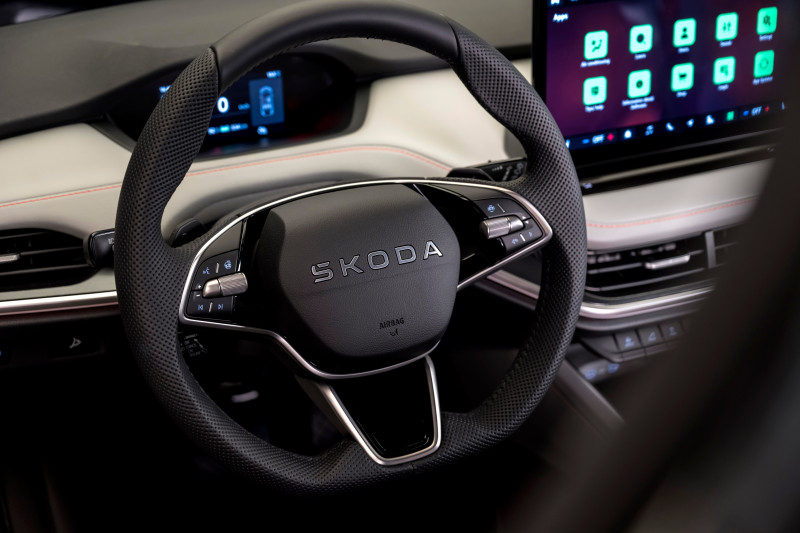
Without needing to move a single aerodynamic 19-to-21-inch wheel, the Skoda has already made itself competitive with its starting price – just over £30,000. At least formally – there have been some heavily discounted new/nearly-new battery electric vehicles out there – this leaves this compact SUV “crossover” cheaper and roomier than the likes of the Vauxhall Astra-e, and moving into contention with the remarkable value represented by the MG ZS.
In many respects, not least size, the Elroq can be thought of as the BEV equivalent of the fossil-fuelled Skoda Karoq, itself one of the better offerings in the sub-sector.
The Karoq is rather cheaper (about £7,000, with more or less equivalent differences in leasing costs), but, if you do the requisite mileage and habitually charge up at home, the Elroq can make a financial case for itself.
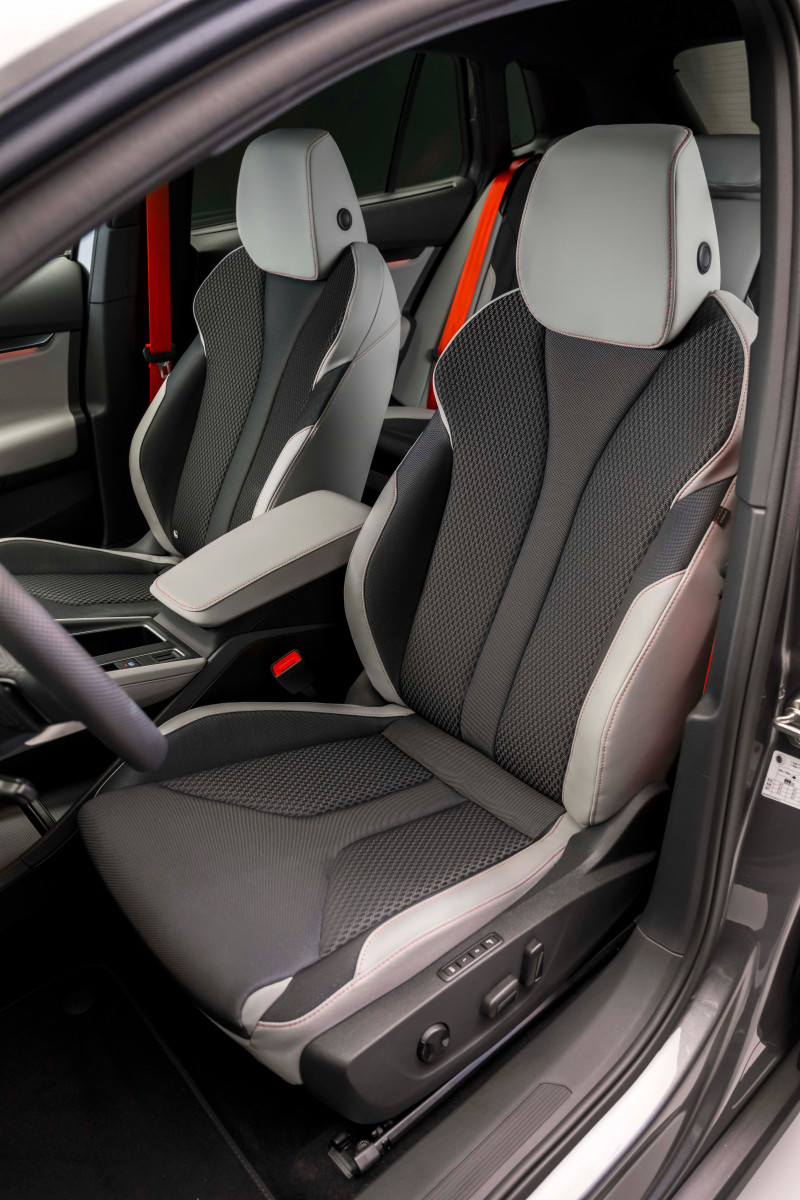
There are three propulsion units as options, which are the usual offerings for a VW Group product – the “50” and “60” versions have one rear-mounted electric motor while the “85” version comes with sort-of four-wheel drive from twin motors on each axle (with software rather than mechanical differentials controlling the output to the driven wheel).
The numbers, by the way, relate roughly to the usable battery power in kWh – and an 85kWh twin-motor pack should be a fairly potent package – far more so than any internal combustion engined equivalent.
It’s always worth bearing in mind that, while they might seem a bit soulless and generic, and can be heavy, even the most modest of BEVs are invariably a pretty exhilarating drive, and indisputably so on the straight.
As ever, there’s a trade-off between battery size, range and performance, against charging times and cost. The “85” will probably take you about 300 miles on a charge, with care, and can recharge from 10 per cent to 80 per cent of that in around half an hour – and if you are driving such distances you need a break anyway. Incidentally, that brings the cost of the Elroq to around £38,000.
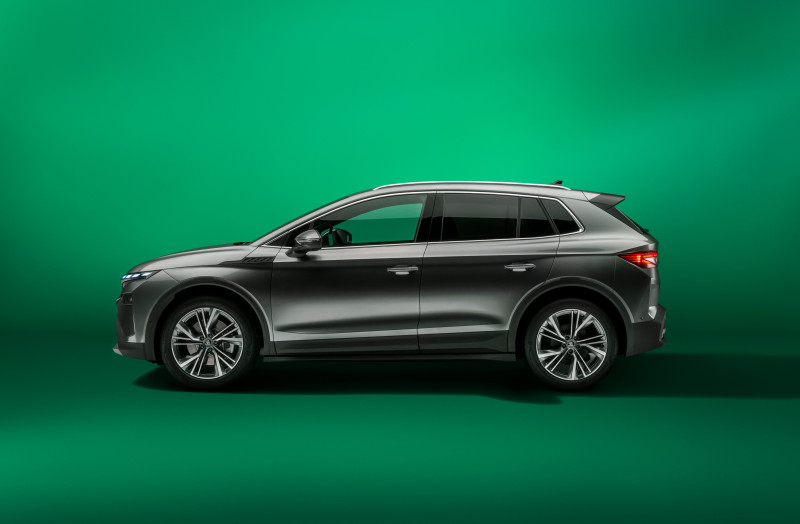
If you were being critical, you might argue both that the Elroq looks too much like any other Skoda, except at the front where the bold grille of its larger Enyaq sibling has been replaced with a much blander affair.
Old Skoda loyalists (like me) will also mourn the end of the odd and mysterious “flying arrow” Skoda logo, demoted in favour of a “wordmark”. Cosmetics, though.
Am I sounding too positive? I hope not. Price is commensurate with good equipment levels and safety features, Matrix LED lighting and comfortable recycled fabric and vegan “leatherette” seats.
There are also some nice clever features – a handy net under the parcel shelf for loose charging cables, plus an umbrella mounted in the door frames and an ice scraper in the boot.
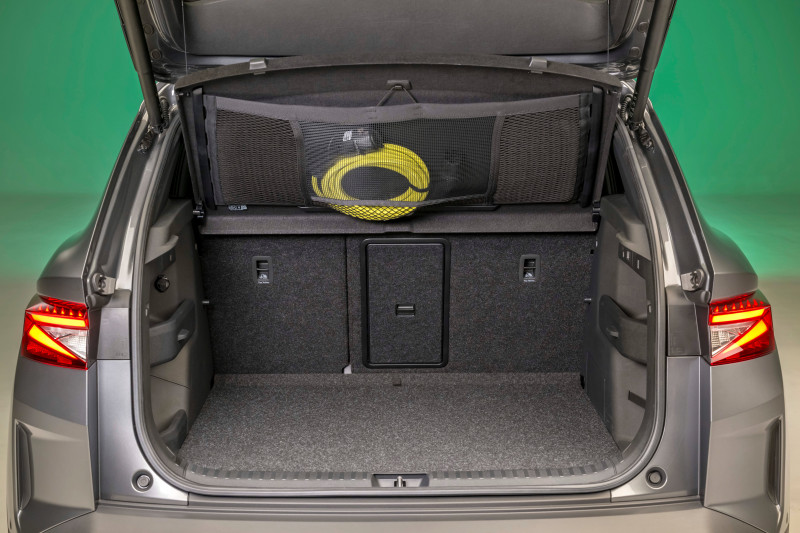
The point being, you see, that Skoda is suddenly back in the value-for-money business, which is how it rebuilt its reputation since the end of the “budget” Communist-era cars and the takeover by Volkswagen in the 1990s. All the subsequent investment has paid off.
This matters because we have here a cheap-ish BEV built in Europe and which can look the multiplying Chinese competition in the face (whether the Chinese-made products wear “European” badges or not).
That is good for the continent’s economy, and for consumers too. Being optimistic, the onslaught of Chinese BEVs might deliver the same benefits for consumers as did the Japanese “invasion” half a century ago (and which initially provoked a similar protectionist backlash in North America and Europe).
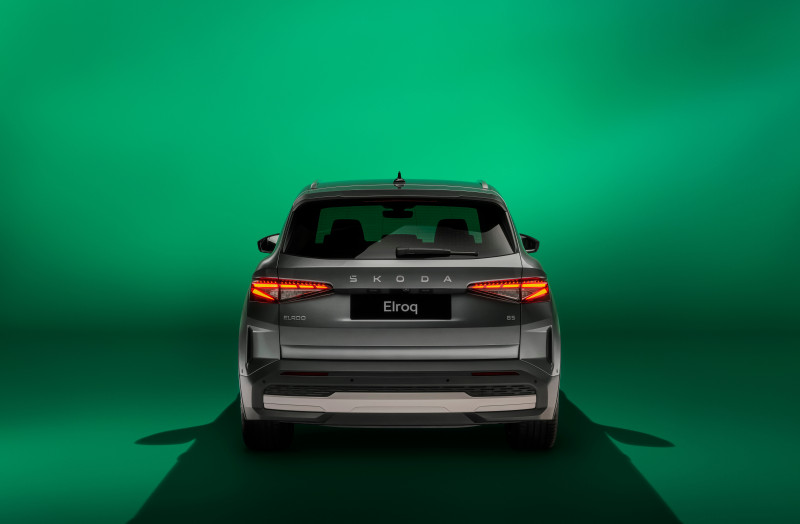
If the Elroq lives up to the promise, and hard-pressed consumers actually buy it and its locally-made counterparts, it should play its part in restructuring the European auto sector, which has served us well for more than a century.
Less grandiosely, it might well prove to be a handily sized and roomy entry into the world of the electric car for many families and it’s obviously worth putting on a shortlist, next to, say, the MG ZS, Kia Niro and Peugeot e-2008.
You can order one in a week or so – and if you get to drive one before me, let me know how it rolls.
Disclaimer: The copyright of this article belongs to the original author. Reposting this article is solely for the purpose of information dissemination and does not constitute any investment advice. If there is any infringement, please contact us immediately. We will make corrections or deletions as necessary. Thank you.



